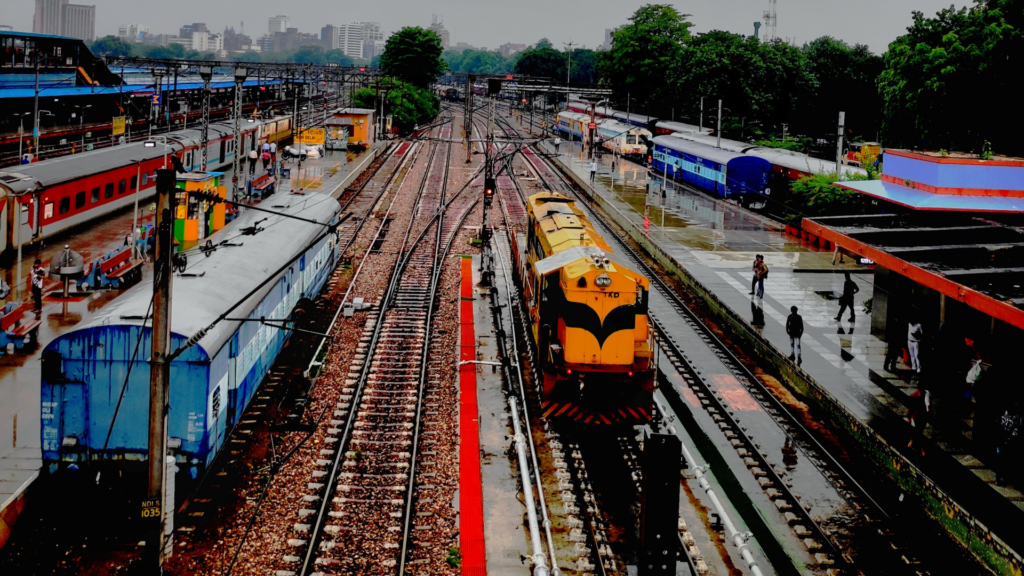Indian Railways is the fourth largest rail network in the world with a total of 22,593 operating trains. In the last few years, the restructuring of railways has been initiated to accommodate the fast growth of the economy and the frequent movement of people and goods in the length and breadth of the country for the economy, business, and recreational purposes. The expansion of the rail network in the remotest areas like Nagaland after around a century has marked seamless connectivity from the farthest regions to the other parts of the country.
PM Gati Shakti Master plan for multi-modal connectivity in cargo terminal operation has also opened new avenues of growth with strong supply chain management. The Kisan Rail service since august 2020 has also shown prospects for the agriculture sector and is reflected in an increase in farmers’ income through the better price realization of their perishable produce through time-efficient deliveries.
The provision of the Dedicated Freight Corridor and its partial operationalization since last year has served the multisectoral growth and helped to increase India’s export share in the global market significantly. The corridors will support the seamless delivery of freights to tap the cross-sectoral opportunities of the domestic market once fully operational.
The Vande Bharat Trains, the free Wi-Fi network, and the indigenously developed Train Collision Avoidance System ‘KAVACH’ has redefined the passenger experience and safety in the Indian trains. Through Gaurav Bharat Trains, the hospitality and tourism sector has been provided a fresh boost the mass tourism through thematic circuits like the Ramayana circuit, etc to showcase India’s rich culture and heritage.
India’s first underwater metro rail at Hooghly River by Kolkata Metro Rail Corporation is the technology-enabled future of the Indian railway along with the increasing FDI trend in the sector. The speedy electrification of tracks to achieve its ‘net zero emission’ with the gradual shift to renewable sources of energy like solar power is helping India to meet its obligation concerning climate change.
No doubt, the Indian railways was the engine of India’s socioeconomic growth since its inception. But the new passenger-centric approach and multi-modal connectivity for freight and cargo have given fire wings to India’s holistic growth with quality, cost-effective, and time-efficient services on these complex mesh of railway tracks.

